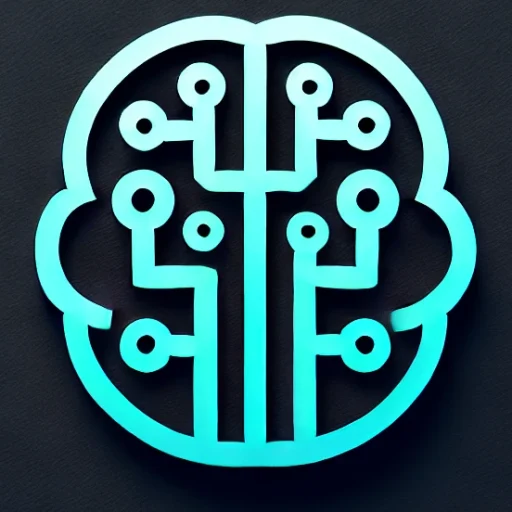
The Rise of Generative AI: Transforming Industries and Redefining Creativity
Artificial Intelligence continues to push the boundaries of what’s possible, and among its many innovations, Generative AI has emerged as a game-changer in creative domains. From art and music to writing and product design, Generative AI is paving the way for unprecedented advancements, enabling machines to generate content with minimal human intervention. This blog explores the phenomenal impact of Generative AI, highlighting its latest breakthroughs, real-world applications, challenges, and future prospects.
Key Insights & Latest Advancements
Generative AI refers to algorithms that are capable of creating new content, much like a human would. Recent advancements in Generative AI, particularly large language models and generative adversarial networks (GANs), have demonstrated remarkable capabilities. Models like OpenAI’s GPT-4 and DALL-E have set new standards for text and image generation, while DeepMind’s AlphaCode showcases potential in software development.
These technologies leverage vast amounts of data, training neural networks to recognize patterns and produce outputs that are increasingly indistinguishable from human-created content. Their versatility is evident in creating everything from hyper-realistic images to predictive text and complex code.
Real-World Applications
The practical applications of Generative AI are vast and varied. Artists and designers use it to brainstorm and create innovative visuals beyond human imagination. In music, AI-generated compositions are being explored for film scores and personalized playlists. The fashion industry utilizes it to design clothing patterns, pushing the envelope of creativity.
In corporate environments, Generative AI aids in content creation for marketing and advertising, automating the production of text and visuals tailored for specific audiences. Meanwhile, in healthcare, AI generates realistic synthetic data to train new models, facilitating research while maintaining patient privacy.
Challenges & Future Outlook
Despite its promise, Generative AI faces several challenges. Ethical concerns about AI-generated content and its potential misuse, such as deepfakes, need careful consideration and robust regulatory frameworks. The risk of bias in AI models, inherited from the datasets they are trained on, requires ongoing scrutiny to ensure fair and equitable outcomes.
Looking forward, the future of Generative AI appears bright. As technology continues to evolve, the focus is expected to shift toward improving model efficiency and expanding the range of applications. Anticipated advancements in AI interpretability will make these models more transparent and accountable. Moreover, as collaborations between humans and AI deepen, entirely new fields of innovation and creative expression are likely to emerge.
Conclusion
Generative AI stands at the forefront of a creative revolution, transforming industries and redefining the boundaries of human creativity. Its ability to generate content that rivals human output opens a myriad of opportunities, but also brings with it ethical and technical challenges that must be navigated with care. As we embrace this technology, the harmonious integration of human creativity and artificial intelligence will be key to unlocking its full potential, crafting a future rich with innovation and exploration.
Key Takeaways:
– Generative AI leverages advanced models like GPT-4 and GANs to create realistic and innovative content.
– It is transforming industries such as art, music, fashion, healthcare, and marketing by enhancing creativity and efficiency.
– Challenges include ethical concerns, the risk of bias, and the need for robust regulations.
– The future promises improved AI interpretability and a deeper collaboration between human creators and AI systems.

